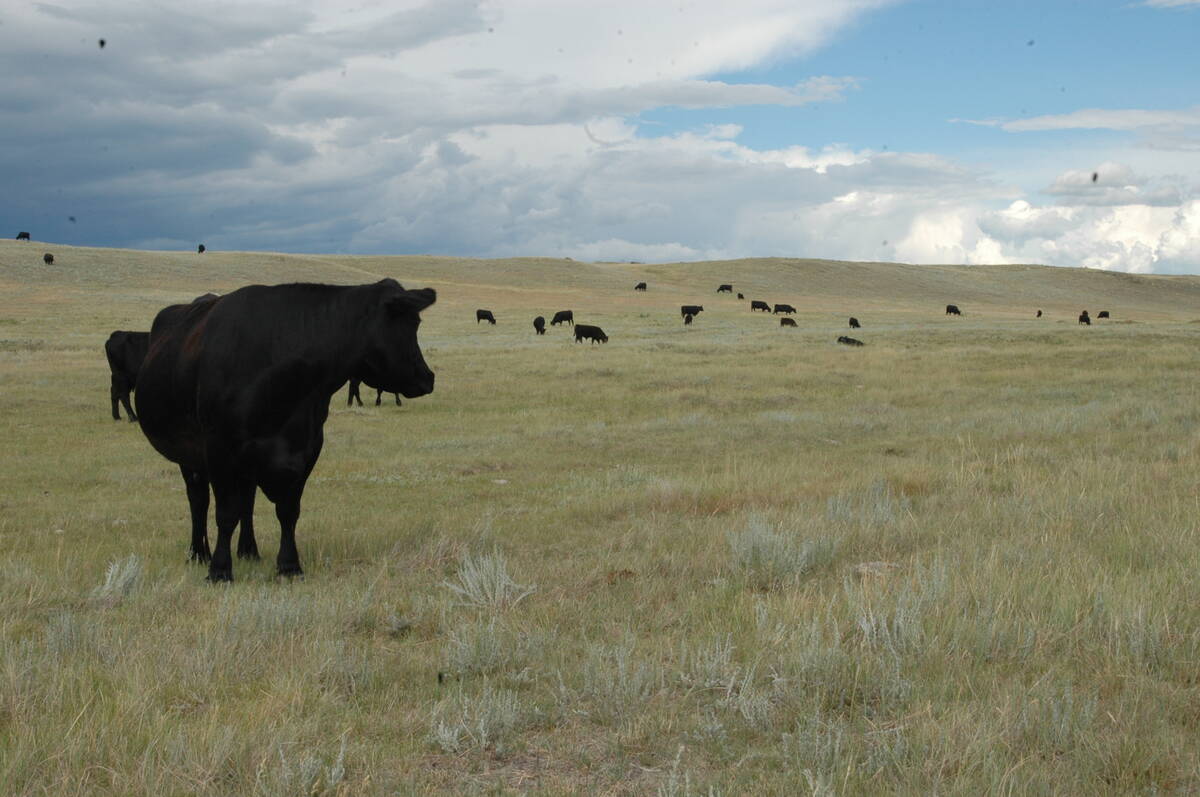Euthanasia is defined as the practice of intentionally ending a life in a painless, humane fashion to relieve pain and suffering.
It can be a difficult subject to discuss, even within agriculture.
Some producers are reluctant to consider euthanasia because they don’t want to “give up” on an animal. It is, however, an important subject, especially in terms of animal welfare.
It was deemed so important that it merits its own chapter within the new Beef Cattle Code of Practice by the National Farm Animal Care Council.
Read Also

Canadian Food Inspection Agency slammed for handling of bovine tuberculosis case
The federal government leans heavily on producers to “take one for the team” and risk their livelihoods without any reassurance of support.
The ultimate desired outcome outlined in the code is that cattle are euthanized when necessary in a timely and effective manner.
The first part of that statement refers to a timely euthanasia when necessary. Unfortunately, there are no hard and fast rules about when an animal should be euthanized.
The code of practice lists a few examples where cattle should be euthanized or culled without delay, including:
- When cattle are unlikely to recover.
- When cattle fail to respond to treatment and convalescent protocols.
- When cattle have chronic, severe or debilitating pain and distress.
- When cattle are unable to get to or consume feed and water.
- When cattle show continuous weight loss or emaciation.
Cattle that are down and unable to rise are one of the common dilemmas on many livestock operations.
There can be many reasons why a cow can’t get up, including spinal injuries, lameness and leg injuries, metabolic disorders such as milk fever or tetany, severe infections or diseases of the nervous system.
All of these disorders have a different prognosis, and the first step is for a veterinarian to ascertain a possible diagnosis.
Once a possible diagnosis has been established, it is much easier to establish a prognosis and a plan for further treatment or to decide if euthanasia is the best alternative.
It’s important to remember that cattle that cannot rise without assistance, are reluctant to walk or exhibit halted movement are considered non-ambulatory and are not to be transported according to the Health of Animals Regulation.
These cattle have to be treated, slaughtered or euthanized on-farm.
Animals to be treated must be in a sheltered place where the footing is good so that they don’t slip and fall if they attempt to stand.
Adult cattle that are down can quickly suffer muscle damage as a result of lying on one side, especially if on a hard surface. These animals should be well bedded and possibly be rolled so that they can occasionally lie on their opposite side to prevent serious muscle damage.
It is difficult to continue providing adequate nursing care to these types of patients for a long time period except in special circumstances. In many cases, it may be necessary to consider euthanasia.
Except in exceptional circumstances, most down animals that are not improving should be considered for euthanasia within 24 to 48 hours.
Emergency slaughter or euthanasia may also be considered for broken legs or severe disease where recovery is unlikely.
Emergency slaughter may be difficult if the animal cannot be humanely transported because on-farm slaughter is not always a possibility in every situation. It is vitally important that producers are thinking about euthanasia as an alternative in these situations where the prognosis for recovery is poor.
I encourage producers to read the Code of Practice where it describes the various ways of euthanizing cattle, including gunshot and approved euthanasia drugs.
It is important that the animal is rendered insensible and that death is confirmed by observing the animal carefully for lack of respiration and heartbeat.
The code is available online at www.nfacc.ca/codes-of-practice/beef-cattle.














